Cutting boards are typically made from the following materials, some of which are definitely safer than others. Let’s look at each one individually.
Plastic Cutting Boards
Plastic cutting boards are typically made from polyethylene (PE) and high-density polyethylene (HDPE). The good news is that both of these types of plastic are of lower concern when it comes to leaching endocrine disruptors. The bad news is this: even when the cutting board is made of a relatively inert plastic, microplastics will end up in your meal when you are chopping your food on a plastic surface. And we don’t yet know how harmful (or not!) this may turn out to be.
Some plastic boards are made from polyvinyl acetate, and these kind are decidedly bad for human health.
Triclosan, a synthetic antibacterial agent, is sometimes used on plastic cutting boards to inhibit microbial growth. When exposed to moisture and food residues, triclosan can break down into carcinogenic byproducts. Chlorine, another toxic substance and environmental villain, is also used to make plastic boards sterile.
In terms of sustainability, plastic cutting boards are problematic. Recycling plastic cutting boards can be challenging, as they are not clearly marked with recycling symbols and may not be accepted by local recycling facilities. Disposing of them in regular waste bins will of course lead to landfill accumulation.
Bottom line: Plastic cutting boards are Bad Stuff.
Glued & Pressed Wood Cutting Boards
The majority of common cutting boards are made of glued wood. Boos and Catskill are two of the big brands that make this version. These boards consist of multiple pieces of wood glued together. While newer versions may use formaldehyde-free, food-grade adhesives, it can be difficult to determine which products adhere to these standards.
Pressed-wood boards are composed of waste sawdust mixed with resin and pressed into molds. The toxicity of these boards depends on the source of the sawdust and the type of resin used.
Some brands of glued/pressed wood boards use non-toxic finishes like beeswax or linseed oil, others may use mineral oil or other sealants that are not environmentally friendly.
Bottom line: Glued or pressed wooden boards may be safe, but you should ask a lot of questions about glues and finishes.
Solid Wood Cutting Boards
Solid wood cutting boards offer knife-friendliness, longevity, biodegradability, and sustainability as they are renewable resources. As they are made of one solid piece of wood, toxic glues will not be present.
It is important to ensure the finishes used on solid wooden boards are non-toxic. We love this one made from Organic Jojoba Oil.
Wooden cutting boards generally do not foster bacterial growth and can be easily cleaned with soap and water.
Bottom line: Solid wood cutting boards are Good Stuff.
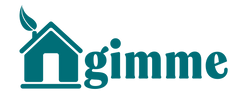


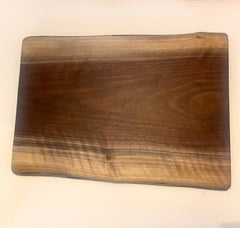

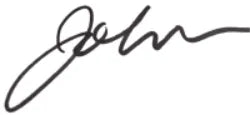






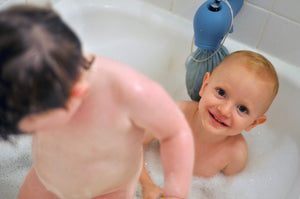
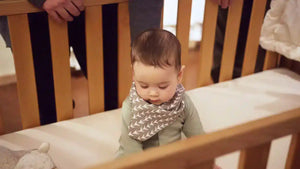
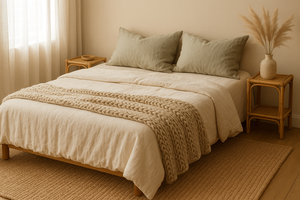
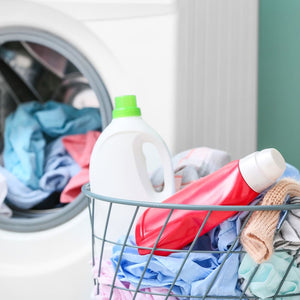
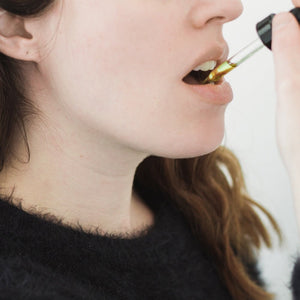
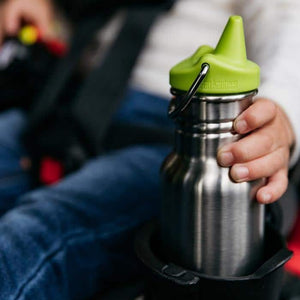
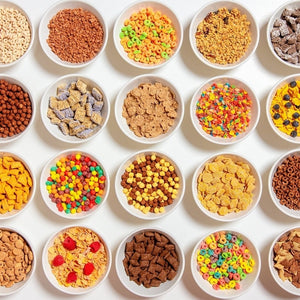
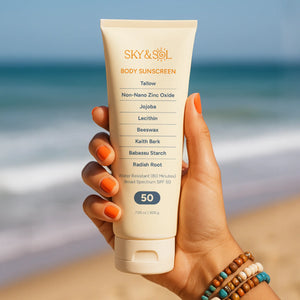

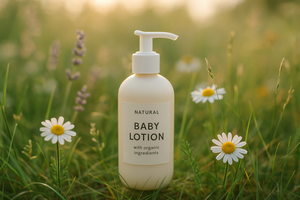

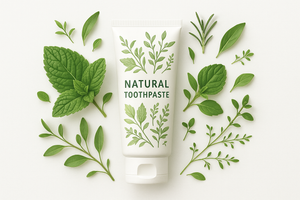
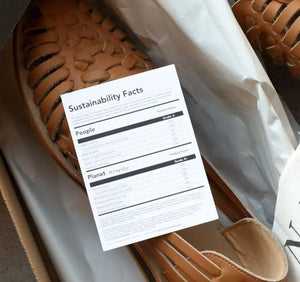
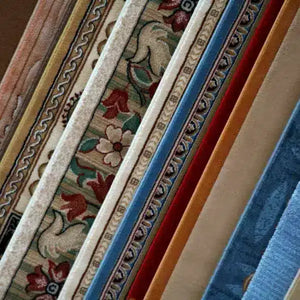
8 comments
John Goss
There are a variety of adhesives that such claims. Without reliable independent 3rd party testing and certification it is impossible to truly know if the claims are valid or not. For the time being we think it is best to stay clear of any of these unless they can truly prove the claims. We intend to take a deep dive into the subject of adhesives. Our research us pretty thorough so they can take a considerable amount of time. Keep checking back to see when we publish our findings.
Ilean811
Was wondering if you had any thoughts specifically on Teakhaus cutting boards – on their website FAQ it says “We use an environmentally friendly adhesive that does not contain formaldehyde or volatile organic compounds (VOC).” but does not address whether the adhesive is food-safe or not. Thanks!
John Goss
Here is a good article about California Prop 65…
https://www.huffpost.com/entry/warning-label-california-65_l_642b3245e4b00c95175390a1#:~:text=Is it safe to use,most people,†Wells said.
famine.skua.0w
The glass faberware cutting board has a prop 65 warning on it. I bought it but I’m afraid to use it.
John Goss
Hi Jennifer,
Titanium is generally not considered toxic to humans. Titanium is also considered a “soft” metal, but even a soft metal will dull knives faster than wood. The main attribute that titanium has as a cutting board is that it won’t hold flavors like wood does. We have our cutting boards divided into those for fruit and those for everything else. Keeping a keen edge on our knives is difficult enough without using a cutting board that dulls them even faster.